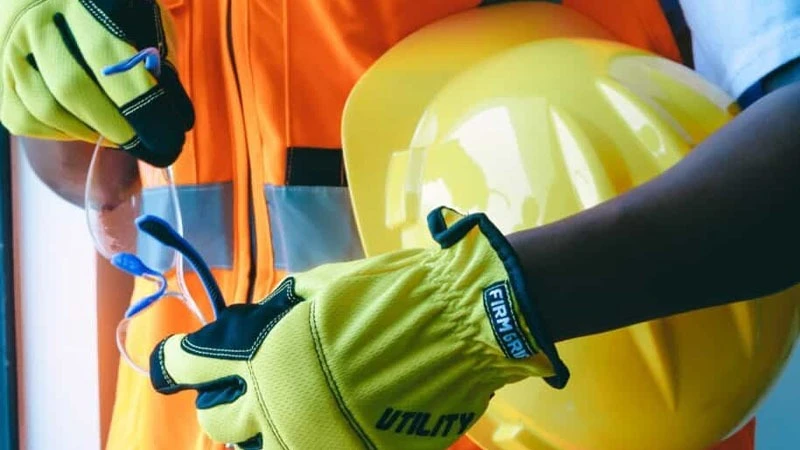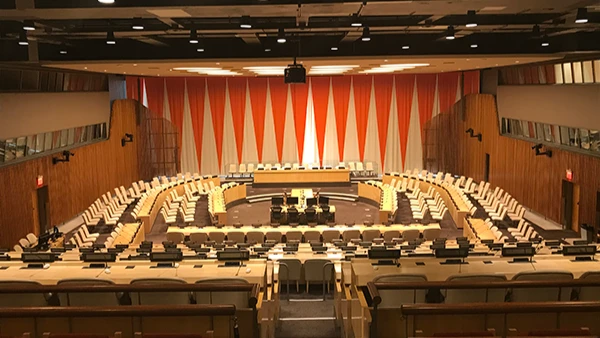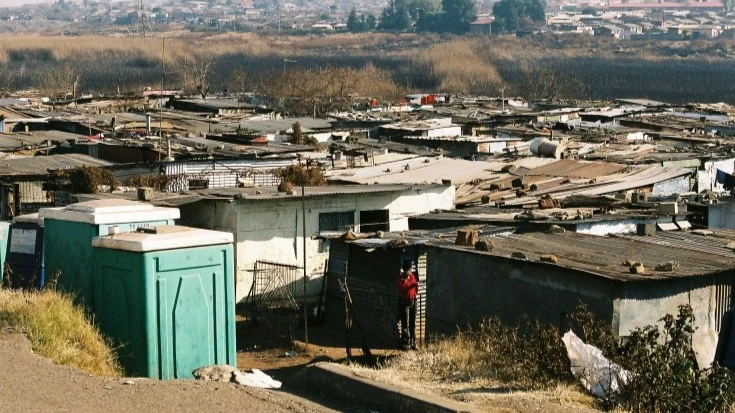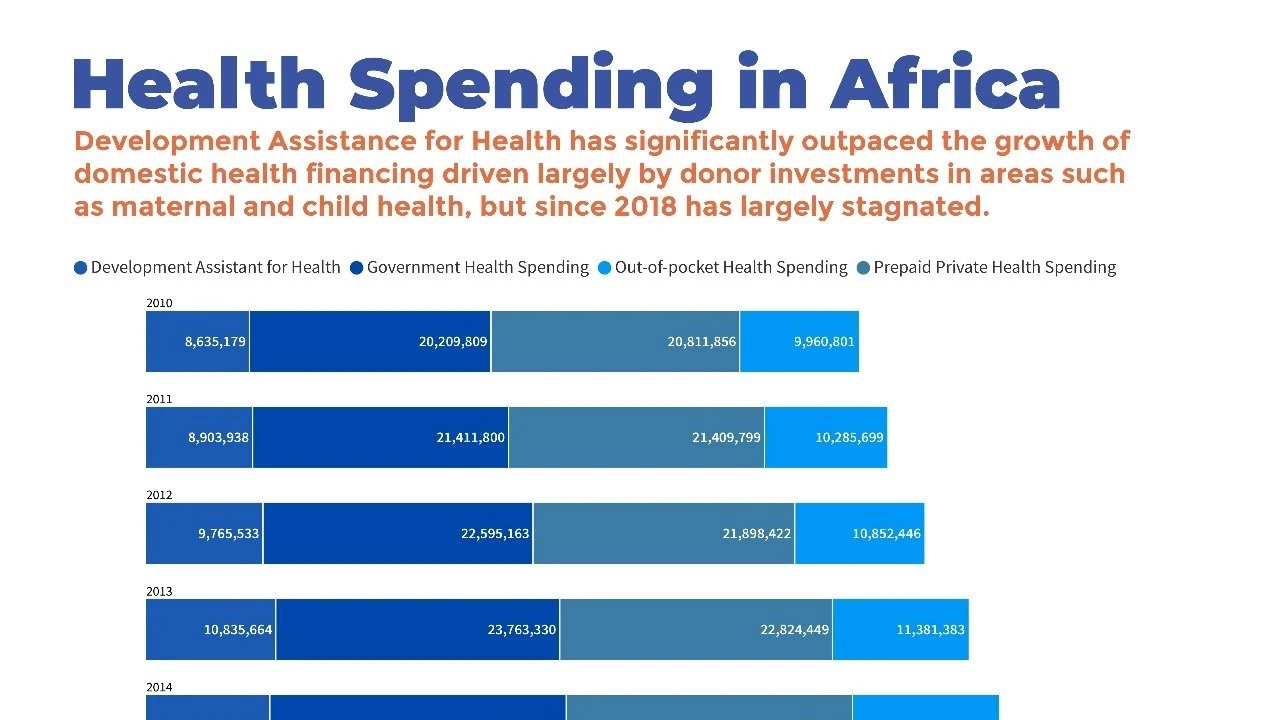Personal protective equipment: A crucial aspect in ensuring safety at workplaces

THE use of protective gears commonly referred to as Personal Protective Equipment (PPE) by workers is a crucial aspect which ensures safety at workplaces. The practice cannot be ignored in construction, mining, industrial and manufacturing production sectors.
Employees working in the above mentioned sectors are exposed to a number of hazards that could cause injury or illness if they do not wear protective gears. The use of PPE can help and protect workers from accidents.
It is important for workers to use protective gears as they protect them exposure to hazardous substances such as chemicals, radiological, electrical faults, mechanical and many others.
Health experts are concerned that wherever care is not taken on the spot, these substances can lead to respiratory problems and cancer defections which ultimately results into cuts, bruises, amputations of extremities and even deaths while working with heavy machinery.
There are many types of protective gears which are used for protection against any dangerous harm on human bodies. The most important ones include structures for head protection such as hard hats and bump caps.
Structures for eye protection include safety glasses, welding helmets and face shields. There are also those structures that are used for hearing protection such as earplugs, and those used for leg as well as arm protections.
All these are important to ensure the safety of workers while implementing their various noble duties in respective places. The use of protective gears are basically to reduce risks associated with working conditions by eliminating hazards or controlling them so that workers are not exposed to any kind of dangerous materials.
In hospitals, there are special protective gears used by health practitioners such as disposable clothing that helps in creating a barrier between blood, bodily fluids, or respiratory secretions.
In some cases, wearing gloves or masks is compulsory as among the containment measures being undertaken as a precaution to curb with the prevalent pandemic.
Medical doctors, nurses and other staff in hospitals including patients and visitors uses such protective gears wherever necessary to prevent themselves from contact with infectious diseases being transmitted through blood or bodily fluids.
When used properly while supplying chemicals, such protective gears acts as a barrier between patients and services provides.
PPE are useful as they help protect contaminated hands from getting into contacts with germs and hence helps to reduce the spread of infectious diseases from one person to another bearing in mind the fact that, somebody’s hands is one of the easiest ways of spreading disease infection.
Electricians working on electrical installation panels or circuits are also in danger, and because of this they do wear insulated gloves, safety glasses, flash suits, and insulated gloves to protect them against any possible electric shock.
Electricians can use voltage-rated tools like insulated screwdrivers and pliers to safely work on live electrical equipment without being harmed at all.
Statistics linked to occupational health and safety has internally proved that, “most employers in the country have low knowledge of protecting their workers while toiling at work places”.
In Tanzania, existing laws and regulations are not comprehensive enough to cover the entire population without help by private sectors an aspect that has driven to poor implementation of legislation that requires employers to take effective actions to protect their workers as per the law.
After having seen an increased danger facing workers in most productive sectors of the national economy, the government took a prompt decision to establish an institution to ensure that occupational health and safety are effectively maintained at work places.
This is the Occupational Safety and Health Authority (OSHA) which operate under the Prime Minister’s Office responsible for Policy, Parliament, Labour, Youths, Employment and People with Disabilities.
The institution was established in 2001 under Executive Agencies Act No. 30 of 1997 as part of reform plans in issuing government services to its people so as to ensure creation and maintenance of ideal work environments.
OSHA has a noble task to ensure that all employees are equipped with safety gears wherever necessary in order to reduce accidents and diseases likely to break out from work places, and ultimately achieve better productivity.
Other responsibilities are linked to ensure creation and maintenance of ideal work environments which are free from occupational hazards that may cause injuries, illnesses and even deaths to all employees. The institution monitors its implementation and takes legal actions against the defaulters.
Either the authority is directly engaged with industrial hygiene surveys and measurements and issue technical advice associated with health issues in places of work.
Basically all these issues are targeted to ensure that all the economic activities are well done without posing health dangers to workers and the surrounding people bearing in mind the fact that, there is nothing which is more precious than human life.
OSHA Executive Director, Khadija Mwenda told The Guardian that since her institution was established over two decades ago, there are still a number of impediments that constrains the entire development goals for which the authority was formed.
She said OSHA cherishes towards ensuring health and safeties of workers are intact at places of work countrywide.
“Lack of awareness coupled with poor training; inadequate adherence to legislation and limited enforcement is still dominating among stakeholders over general understanding on basic issues as related with hazardous work environments, and this has led to limited access to occupational health services in many work places,” remarked the OSHA boss.
However, she has acknowledged the assistance which the sixth phase government under President Samia Suluhu Hassan has rendered to the authority when she issued 13 vehicles and the state of the art equipment used to facilitate their daily routine activities while serving people in the country.
In April this year, Tanzania joined other nations in the world to celebrate the annual International World Day for safety and Health at work place which aims to promote the prevention of occupational accidents and diseases globally.
The occasion was graced at a national level by the Deputy Prime Minister and Energy Minister Dr. Dotto Mashaka Biteko in celebrations held at General Tyre grounds in Arusha city under the theme: “Let us plant trees so as it takes care of our lives”.
In his speech, Biteko instructed all employees in the country to adhere to the safety measures at work places to keep zero death records.
Hardly three weeks after Biteko’s remarks, the nation plunged into a grief stricken mood after 11 workers of Mtibwa Sugar Factory in Morogoro Region were killed following an explosion which occurred in a manufacturing machine.
Morogoro Regional Police Commander, Alex Mkama said: “The explosion was a result of an electrical fault that caused a steam pipe to burst as a technical team was readying machines to start production for the day”.
Victims of the accident included three foreign nationals; one among them came from the neighbouring Kenya. Others were from Brazil and India respectively. Two other workers were injured in the blast and were treated at the Morogoro Regional Referral Hospital.
Top Headlines
© 2024 IPPMEDIA.COM. ALL RIGHTS RESERVED

























